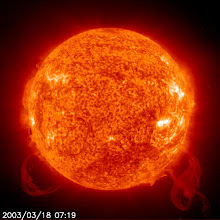Solar power generation technology is founded upon silicon, a common element that comprises approximately 25% of the earth’s crust by mass. When light falls on high purity silicon, the PV (photovoltaic) effect causes the release of electrons from the silicon atoms. When silicon is fashioned into a solar cell with collection electrodes, the PV effect generates an electrical current.
Solar cells are produced from raw silicon materials in a multistage process. Firstly raw quartzite sand is processed into bulk silicon, which is subsequently melted and formed into blocks or ‘ingots’. The ingots are cut and sliced to produce ‘wafers’ which form the basis of a solar cell. Solar cell manufacturers add electrodes to the wafer for electrical connectivity. The wafers are then cleaned and treated prior to their introduction into the manufacturing process.
The increased awareness on renewable energy and climate change has led to demand of solar power elements outstripping supply with Government subsidies and falling costs and prices continuing to support the industry growth. Many companies had already begun to produce massive solar cells to fulfill the thirsty market.




No comments:
Post a Comment